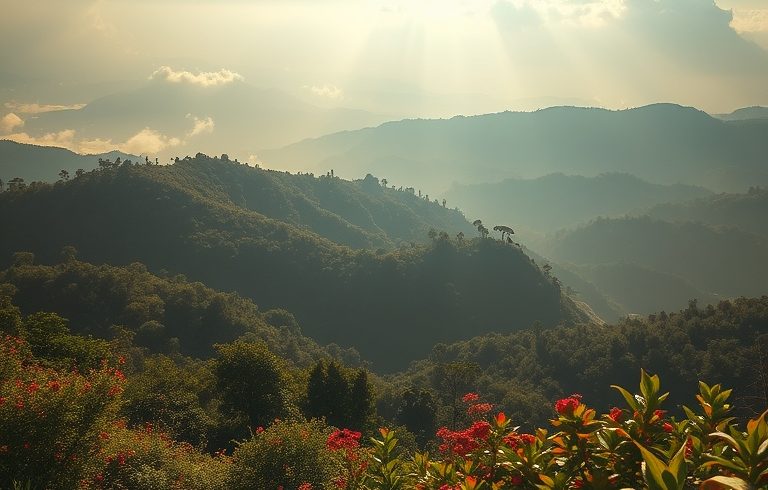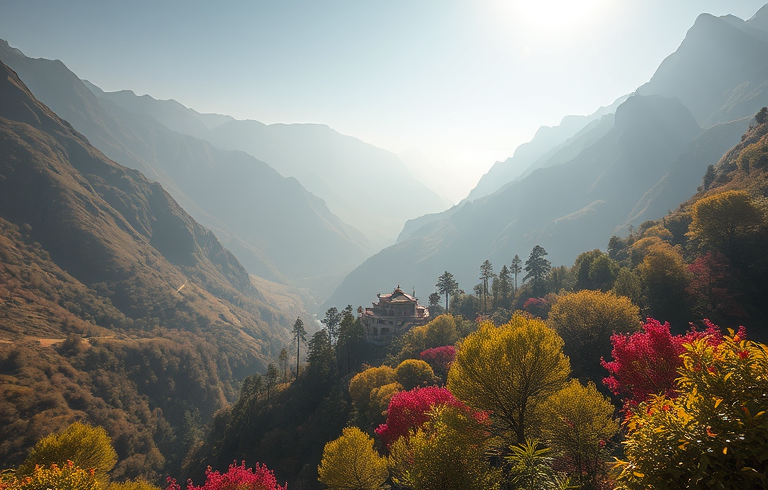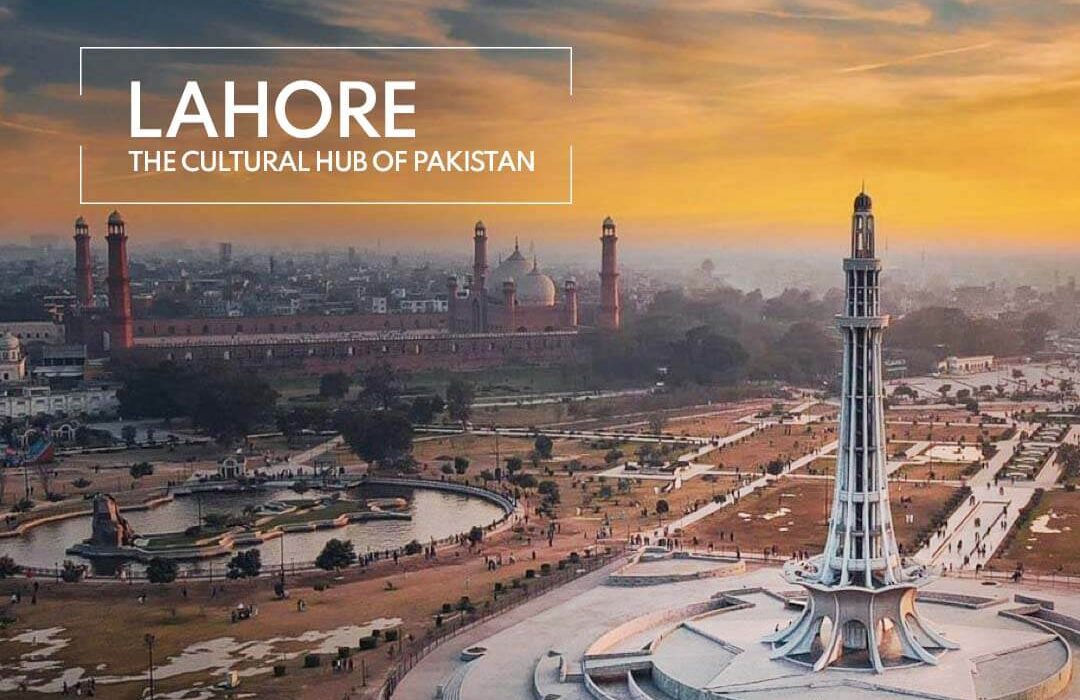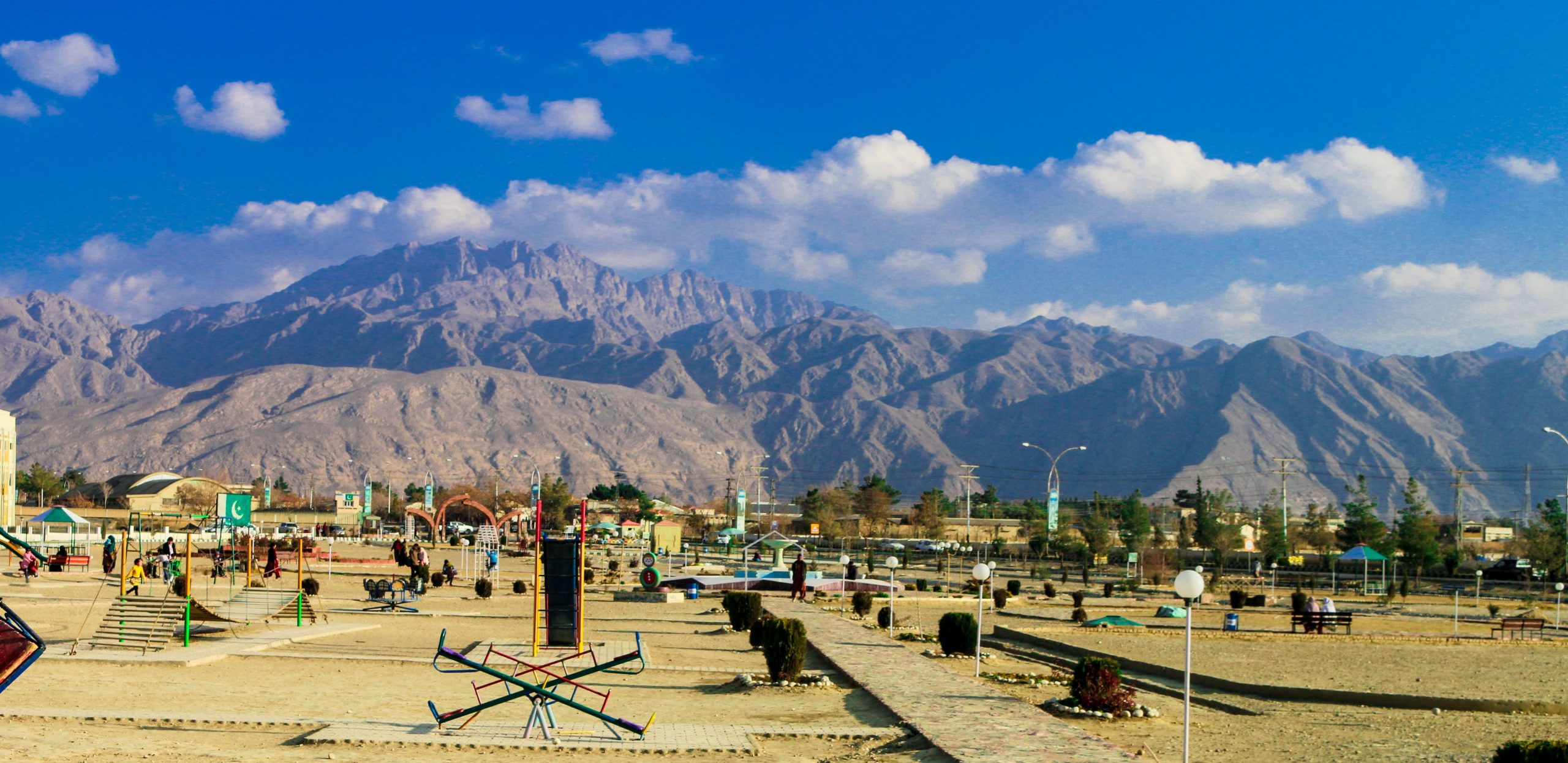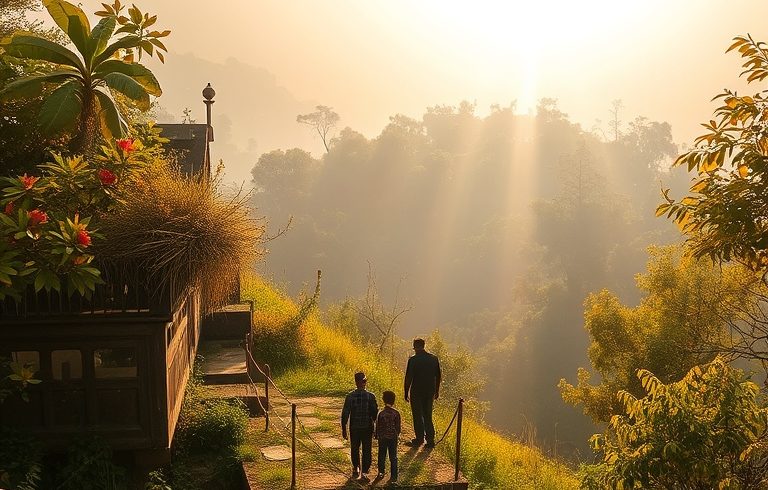
- January 12, 2025
Sindh, a province in the southeastern part of Pakistan, is rich in history, culture, and natural beauty. From the ancient Indus Valley Civilization to the bustling metropolis of Karachi, Sindh is a region that tells a compelling story of resilience, tradition, and modernity.
1. What Is Sindh Famous For?
Sindh is famous for its ancient history, vibrant culture, and economic significance. The region is home to one of the world’s oldest civilizations, the Indus Valley Civilization, which flourished over 4,000 years ago. Sindh is also renowned for its agricultural contributions, with fertile lands producing wheat, rice, cotton, and sugarcane.
The province is the birthplace of the renowned Sufi poet and mystic Shah Abdul Latif Bhittai, and it boasts several architectural masterpieces, including the Mazar-e-Quaid in Karachi, the Thatta UNESCO World Heritage site, and the Makli Necropolis.
Karachi, the largest city and economic hub of Pakistan, is located in Sindh, making it a vital center for trade, commerce, and culture.
2. What Are the Must-See Attractions in Sindh?
Sindh has a wealth of attractions, from ancient ruins to modern cities. Here are some of the top destinations:
- Mohenjo-Daro: An archaeological wonder and one of the most important sites of the Indus Valley Civilization, Mohenjo-Daro gives visitors insight into one of the world’s earliest urban centers.
- Karachi: The bustling metropolis with iconic landmarks like Mazar-e-Quaid, the Pakistan Maritime Museum, Clifton Beach, and the Karachi Zoo.
- Thatta and Makli Necropolis: A UNESCO World Heritage Site known for its impressive tombs and historical significance.
- Ranikot Fort: Known as the “Great Wall of Sindh,” it is one of the largest forts in the world and a perfect spot for history and architecture enthusiasts.
- Bhitshah: Home to the shrine of Shah Abdul Latif Bhittai, a revered Sufi poet, Bhitshah is a place of pilgrimage for those interested in Sufi traditions.
These sites reflect Sindh’s rich historical, cultural, and spiritual significance.
3. What Is the Climate Like in Sindh?
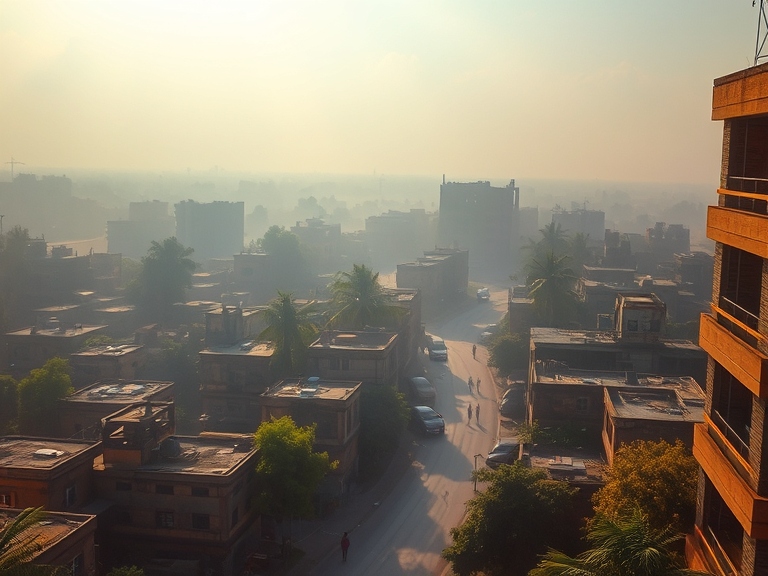
Sindh has an arid climate with hot summers, mild winters, and minimal rainfall. The region experiences extreme temperature variations:
- Summer (March to June): Summers are extremely hot, with temperatures regularly exceeding 40°C (104°F), especially in the interior regions. Coastal areas like Karachi enjoy slightly cooler temperatures due to the sea breeze.
- Winter (November to February): Winters are relatively mild and pleasant, with daytime temperatures ranging from 18°C to 25°C (64°F to 77°F), while nights can get cooler, especially in rural areas.
- Monsoon (July to September): The monsoon season brings sporadic rain to Sindh, particularly in the southern and coastal regions. However, rainfall is generally limited compared to other provinces of Pakistan.
Overall, the best time to visit Sindh is during the cooler months of November to February.
4. What Languages Are Spoken in Sindh?
Sindh is a linguistically diverse province. The most commonly spoken languages are:
- Sindhi: The predominant language spoken by the majority of the population. It is an Indo-Aryan language with a rich literary and cultural history.
- Urdu: As Pakistan’s national language, Urdu is widely spoken, especially in urban centers like Karachi.
- Pashto: Spoken by some ethnic groups in the northern regions of Sindh.
- English: Used for official purposes, especially in business and government, and widely understood in urban areas.
Sindhi holds a special place in the culture and traditions of the province, with many classical poets, such as Shah Abdul Latif Bhittai, writing in this language.
5. What Is Sindhi Cuisine Like?
Sindhi cuisine is a flavorful blend of spices, herbs, and locally grown ingredients. Some of the most popular dishes include:
- Sindhi Biryani: A spicy and aromatic rice dish with meat (usually chicken or mutton) and a blend of fragrant spices. It is one of the most iconic dishes in Sindh.
- Sindhi Karhi: A yogurt-based curry made with gram flour dumplings, vegetables, and spices, usually served with rice.
- Saag and Makai Roti: A traditional dish made with mustard greens (saag) and maize bread (makai roti), commonly enjoyed in rural areas.
- Sindhi Kebab: Spicy grilled minced meat skewers, typically served with naan or paratha.
- Dahi Puri: A popular snack consisting of crispy puris filled with yogurt, chickpeas, and tamarind chutney.
Sindhi food is known for its bold flavors, with generous use of green chilies, garlic, and ginger.
6. Is Sindh Safe for Tourists?
Sindh is generally considered safe for tourists, especially in urban areas like Karachi, Hyderabad, and Thatta, where there is a significant police presence and various security measures in place. However, like any large urban area, it’s important to take general safety precautions:
- Avoid walking alone in less populated areas at night.
- Stay updated on any local developments, particularly regarding political unrest or strikes.
- In remote or rural areas, it’s advised to travel with a local guide.
Karachi, despite its size and complexity, is a major international destination and offers a wide range of cultural, historical, and modern attractions that are generally safe to visit.
7. What Are the Major Industries in Sindh?
Sindh plays a crucial role in Pakistan’s economy due to its industrial and agricultural activities. Some of the key industries in the province include:
- Textiles: Sindh is home to a thriving textile industry, particularly in Karachi, which is the hub for garment manufacturing and exports.
- Oil and Gas: Sindh has substantial natural gas reserves, and the Sui Gas Field is one of the largest in Pakistan.
- Agriculture: Sindh is known for its cotton production, wheat, rice, and fruits such as dates and citrus. The fertile Indus River Delta plays a significant role in the province’s agricultural output.
- Shipping and Ports: The development of the Port of Karachi and the future expansion of Gwadar Port are crucial for Pakistan’s trade and economic growth.
The province also has a growing information technology sector, particularly in Karachi, which is attracting tech startups and global companies.
8. What Are the Traditional Arts and Crafts of Sindh?
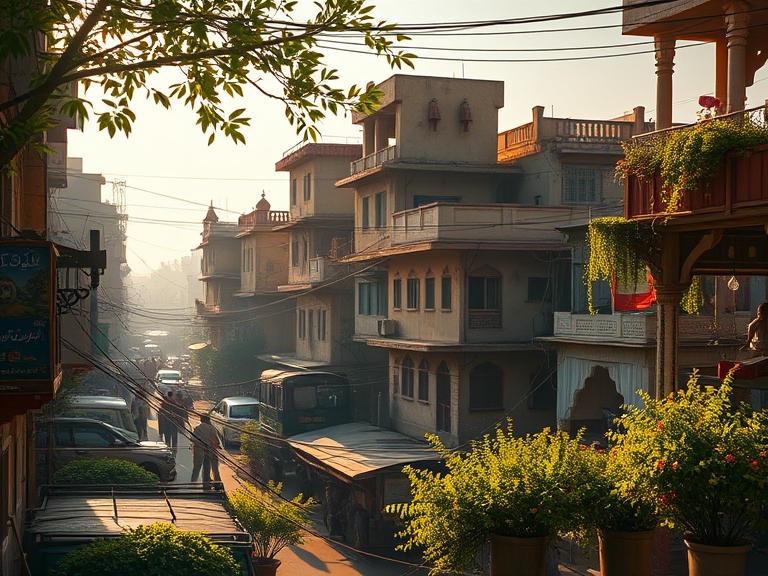
Sindh is renowned for its rich tradition of arts and crafts, which have been passed down through generations:
- Sindhi Ajrak: A traditional block-printed fabric, often in rich reds, blues, and blacks, used for making shawls, turbans, and clothing.
- Sindhi Embroidery: Known for its intricate designs, Sindhi embroidery is used in clothing, especially women’s dresses, bedcovers, and wall hangings.
- Ralli Quilts: Hand-stitched quilts made from patchwork of cotton fabric, reflecting the creativity and craftsmanship of Sindhi artisans.
- Metalwork: Sindh has a long tradition of metalworking, especially in the production of silver jewelry and brass utensils.
These crafts are not just functional; they are also expressions of Sindh’s cultural heritage and artistry.
9. What Is the History of Sindh?
Sindh has a rich and complex history, stretching back thousands of years:
- Indus Valley Civilization: Sindh is home to Mohenjo-Daro, one of the world’s most important archaeological sites, which was part of the ancient Indus Valley Civilization (2600–1900 BCE).
- Islamic Influence: The region became part of the Islamic world in the 8th century when Muhammad bin Qasim conquered Sindh, leading to the spread of Islam.
- British Rule: Sindh became part of British India in the 19th century and remained under British control until the creation of Pakistan in 1947.
- Post-Independence: After the partition of India, Sindh became a province of Pakistan and played a significant role in the country’s political and economic landscape.
The history of Sindh is characterized by a blend of ancient civilizations, Islamic culture, and colonial influences, making it a fascinating region for historians and travelers alike.
10. What Are Some Famous Festivals and Events in Sindh?
Sindh celebrates several vibrant festivals and events throughout the year:
- Sindhi Cultural Day: Held annually on December 6th, this day celebrates Sindh’s rich cultural heritage with traditional music, dance, food, and folk performances.
- Shah Abdul Latif Bhittai Festival: Held at the shrine of Shah Abdul Latif Bhittai in Bhitshah, this festival honors the famous Sufi poet with devotional music and recitations.
- Eid Festivals: Like other regions in Pakistan, Sindh celebrates Eid al-Fitr and Eid al-Adha with large gatherings, feasts, and celebrations.
- Lal Shahbaz Qalandar Urs: A spiritual gathering at the shrine of Lal Shahbaz Qalandar in Sehwan Sharif, which attracts thousands of pilgrims for music, prayer, and devotional activities.
These festivals highlight the spiritual and cultural richness of Sindh, attracting both locals and tourists from around the world.
Conclusion
Sindh is a province that embodies the essence of Pakistan’s diversity, offering a unique blend of ancient history, cultural richness, and modern growth. From the historical treasures of Mohenjo-Daro and Shah Abdul Latif Bhittai’s poetry to the bustling city life of Karachi and the coastal beauty of Gwadar, Sindh has something for everyone.
Whether you’re interested in exploring its rich history, indulging in its flavorful cuisine, or experiencing its cultural festivals, Sindh offers a journey through time and tradition. While it may not be as widely explored as other parts of Pakistan, Sindh’s remarkable attractions and warm hospitality make it a region worth discovering.


